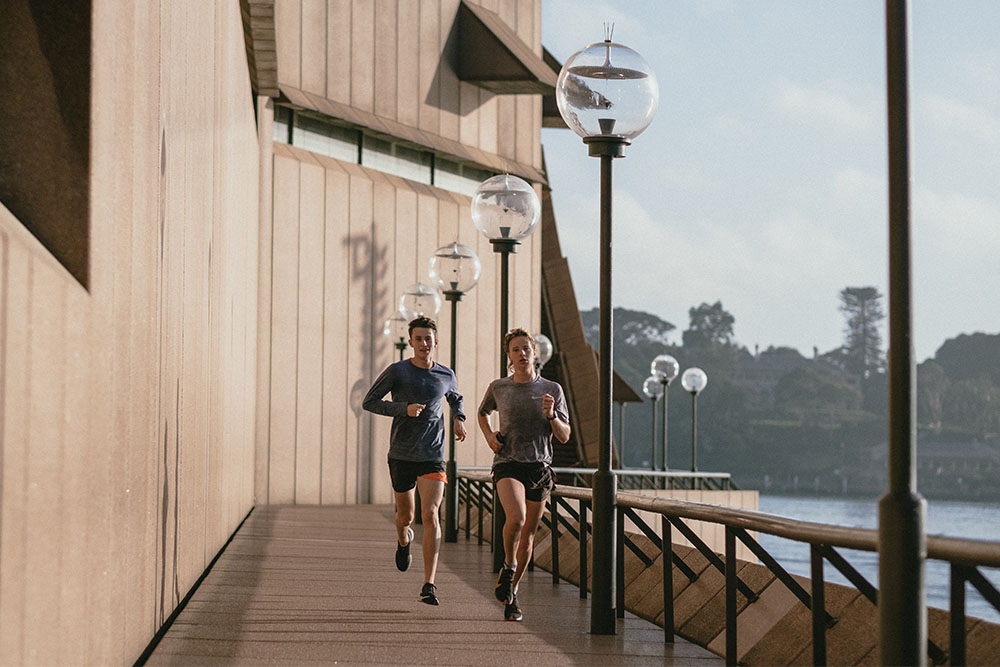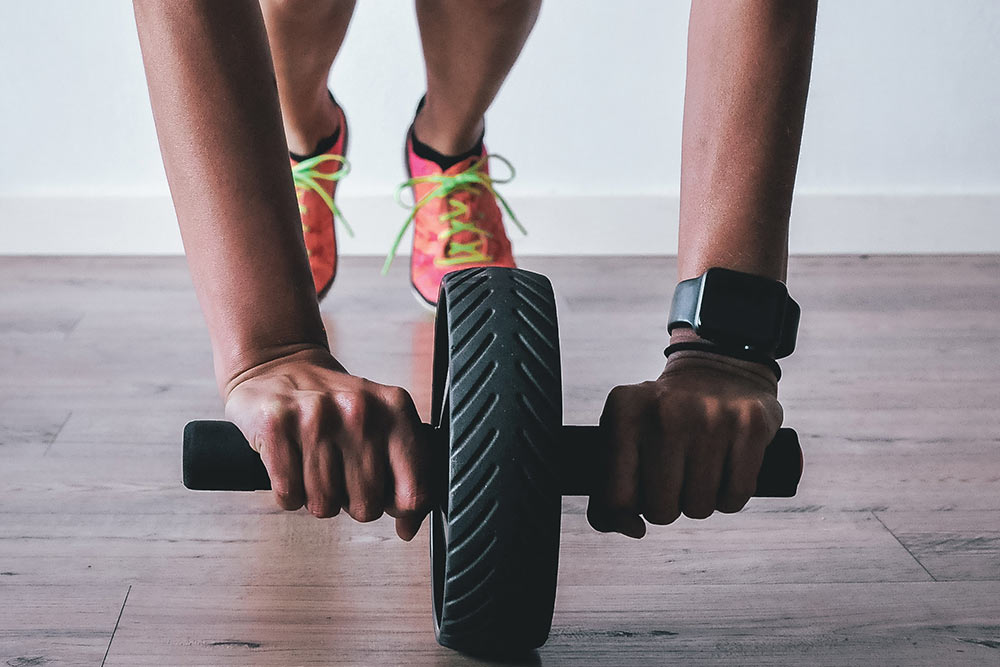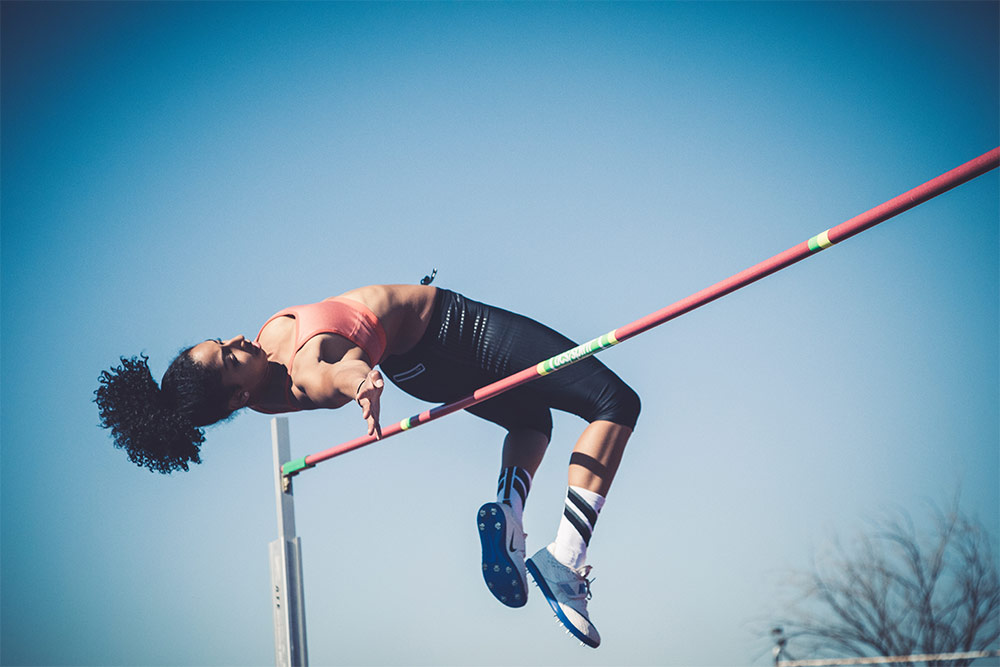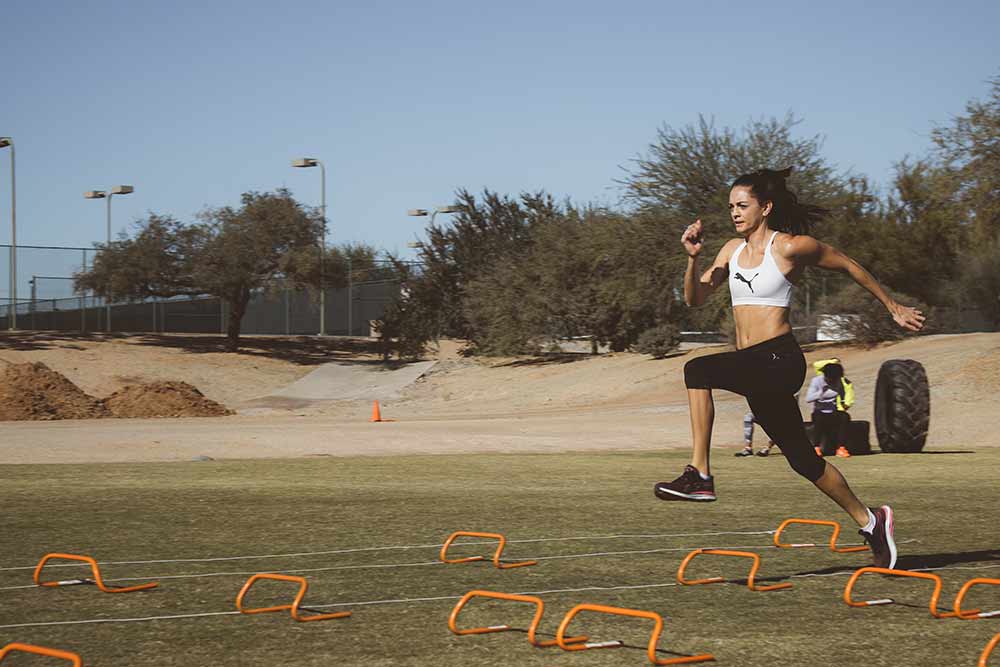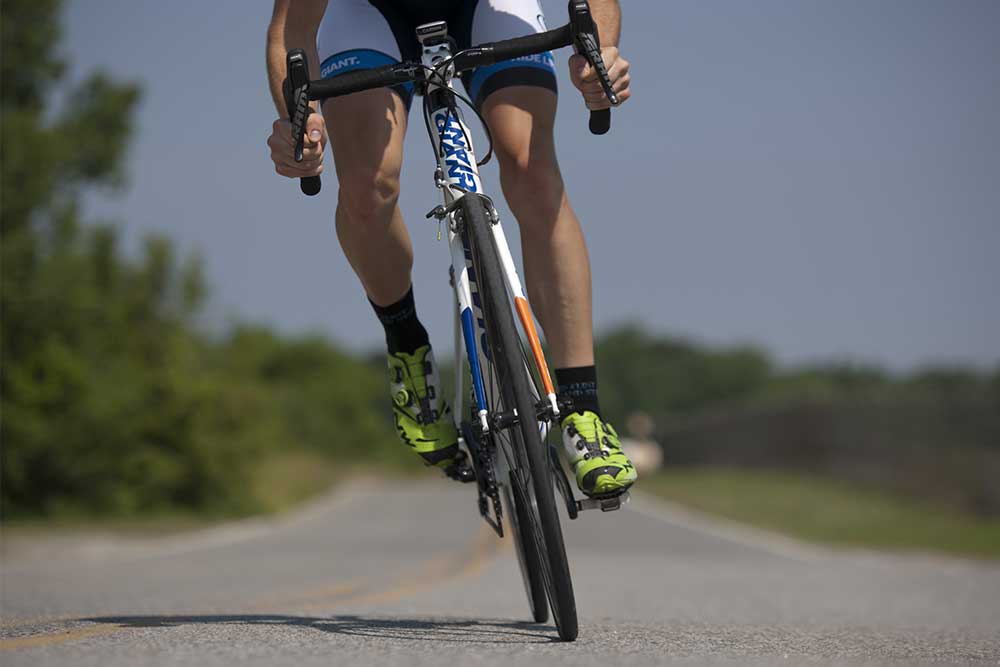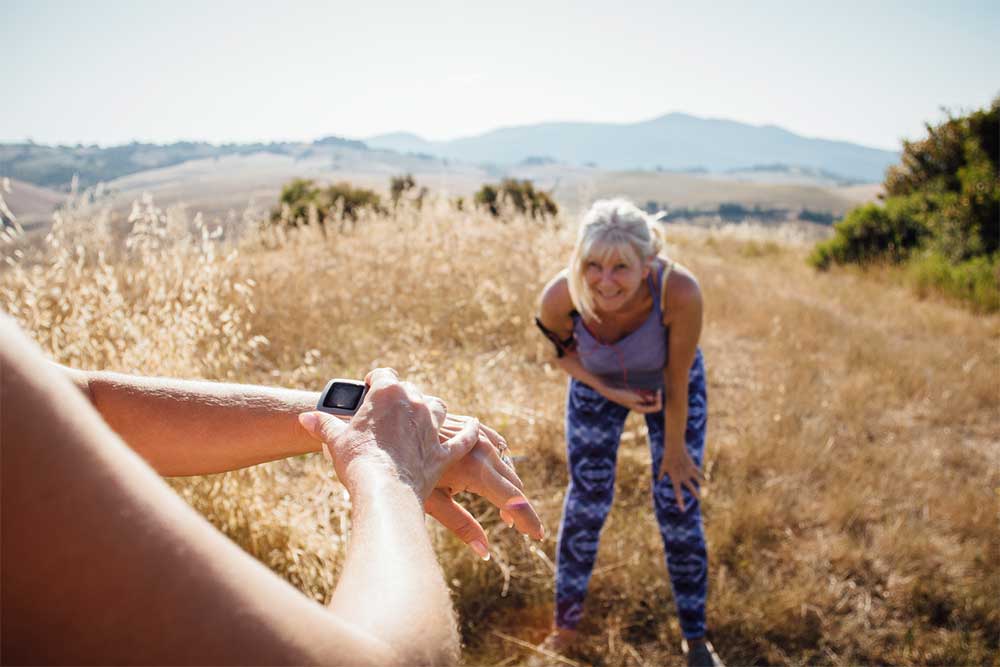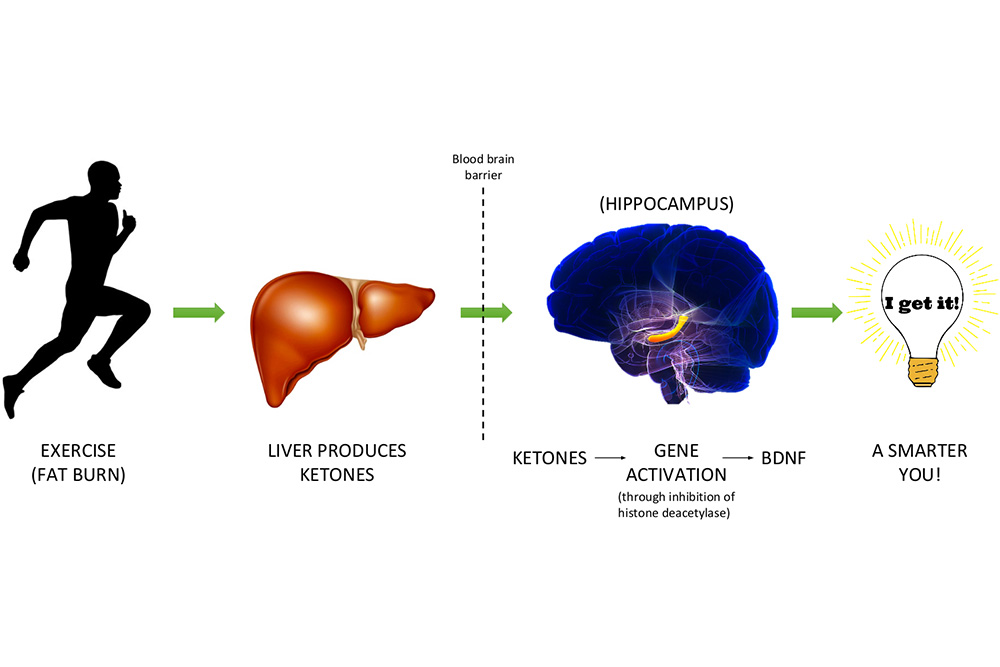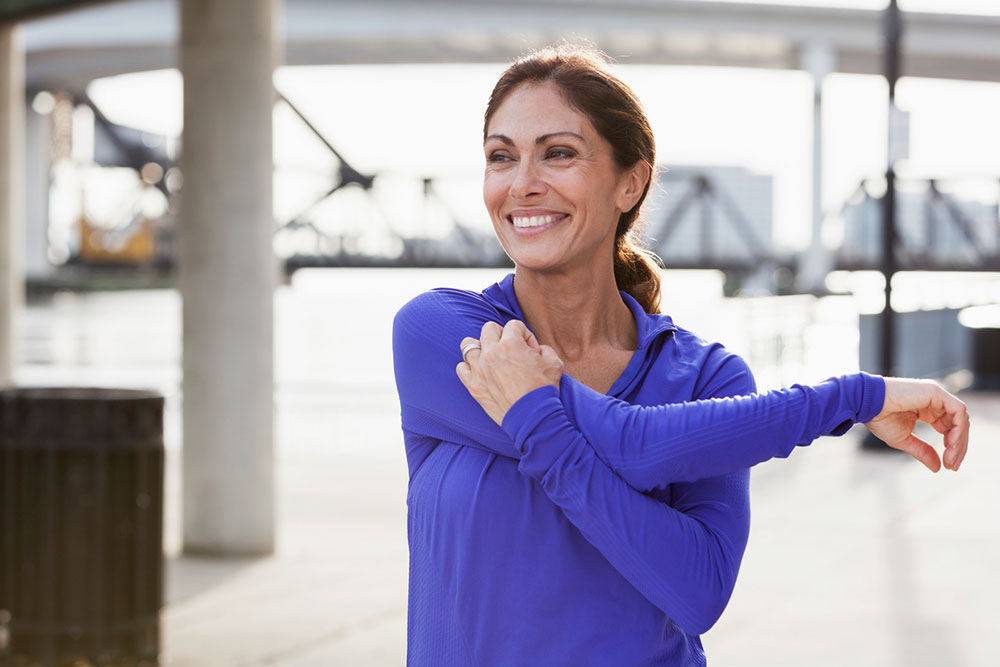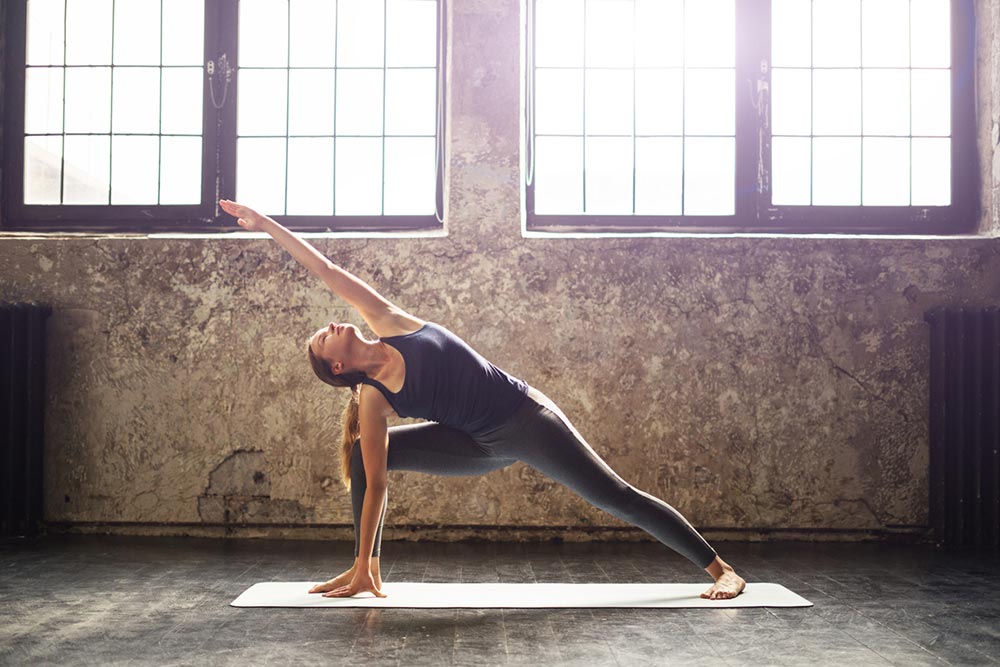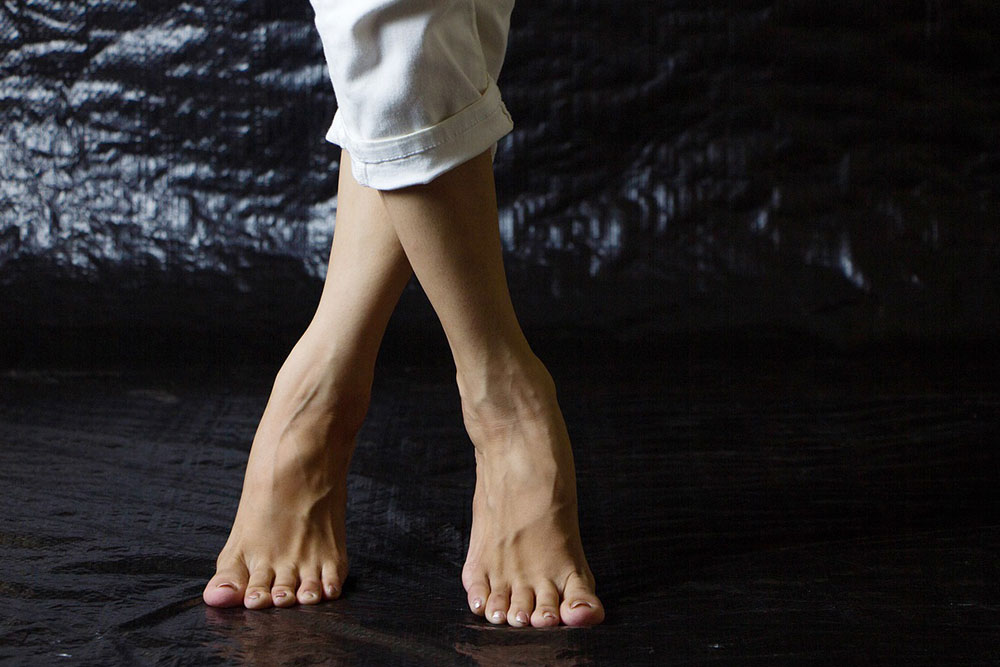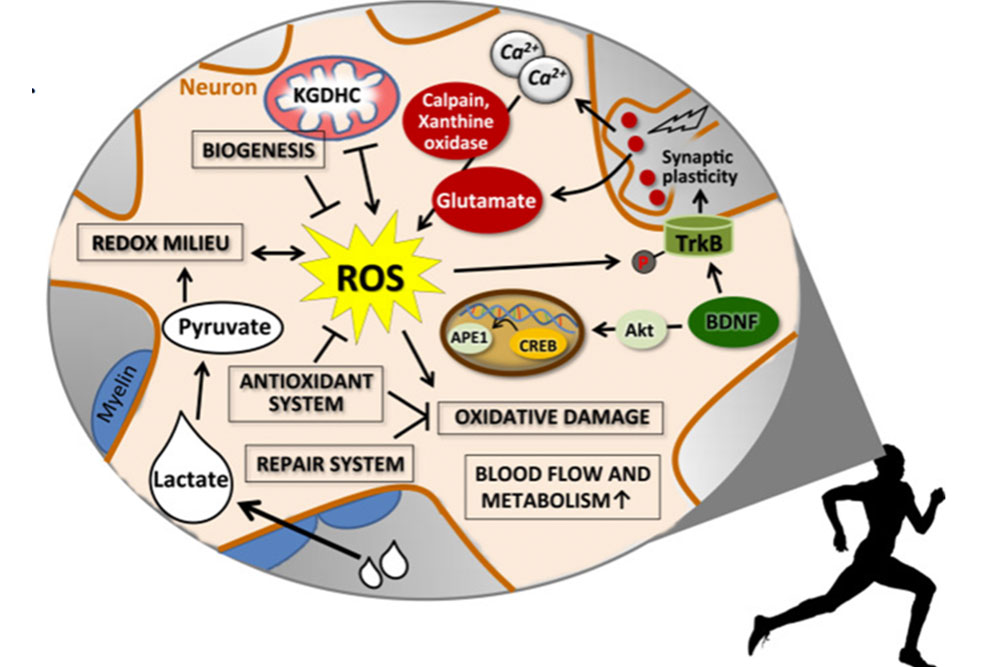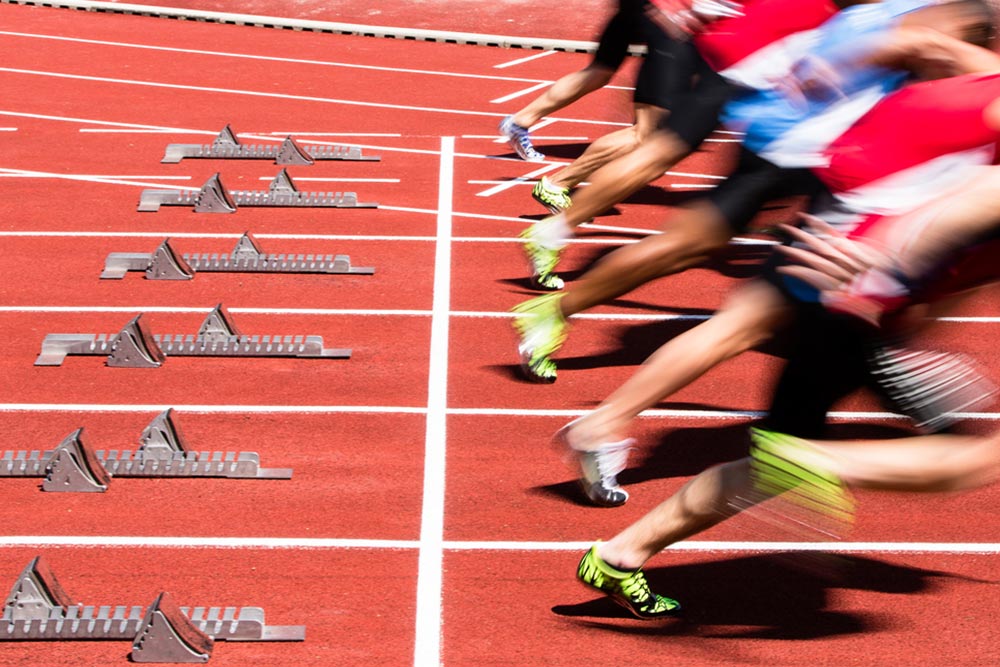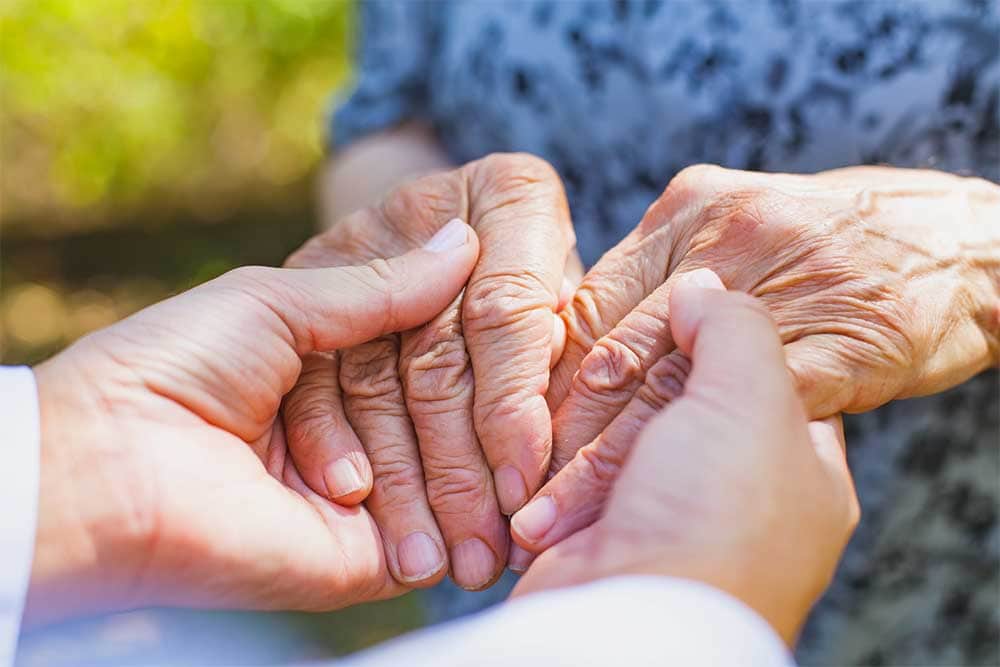How Athletes Can Beat the Heat

When it comes to athletic performance, there are few environmental factors as concerning as the heat.
Not only does it can derail your performance, but it can also put you under a serious amount of physiological stress, having negative implications on your health and function.
Which is why understanding how heat impacts your body, and what you can do about it, is so important.
How does extreme heat affect athletes?
It is well established that the heat can negatively impact the performance of middle and long distance runners, cyclists, and team sport athletes alike (Nybo, 2011).
But how?
The largest response associated with heat relates to thermoregulation.
In short, under hot conditions more blood needs to be distributed to the skin to help cool down the body. This increases the cardiovascular demand placed on your body, making it more difficult to deliver oxygen to the active muscle tissue and impairing performance.
Moreover, the stress placed on the body by extreme heat also appears to impact the function of key neurotransmitters found in your brain, which impacts muscular contraction.
As I am sure you can imagine, this further impairs performance.
Finally, it is important to remember that this heat stress, if left unaddressed, can lead to serious discomfort and even illness – making it a risk to both elite athletes trying to maximize performance and recreational exercises trying to improve their health and fitness.
Has climate change has increased extreme heat?
While extreme heat has always been a concern, over the last decade it has become even more of an issue.
With climate change, we are experiencing more frequent (and oftentimes longer) bouts of hot weather. This is making extreme heat a greater concern than ever before, and something that all athletes need to be aware of.
In fact, the next Olympic Games taking place in Tokyo in July 2021 is expected to be the hottest on record – making this a prominent issue.
Related Article: Get Outside and Exercise – Your Immune System Will Thank You
How to heat acclimatize
One important method of reducing the negative effects that heat has on athletic performance is to conduct heat training to acclimatize to the heat.
This has several important effects on the body – of which the two big ones are:
- Faster and more effective thermoregulation, and
- Better cognitive tolerance to the heat
Each of these can cause large improvements in your ability to tolerate the heat, improving performance and reducing heat risk.
The good news is that the time it takes to acclimate to the heat is not as long as you might think.
Evidence would suggest that doing around 30 minutes of exercise in hot temperatures – enough to raise your core temperature to around 38.5 degrees Celsius – and maintaining this for another 30 minutes will be sufficient to stimulate some heat acclimation.
In fact, there is even research indicating that spending the same amount of time in a hot sauna without exercise will also get an adaptive response.
Now, obviously a single session is not going to acclimate you to the heat – which is why you want to do this consecutively over the course of 5-10 days to ensure you get the desired response.
It is this process that will get you acclimated to the heat.
Male vs female adaptation
While the recommendations above do seem to hold true for most athletes, it is important to note that some research has suggested that females may acclimate to the heat a little slower than males.
With this in mind, if you are a female athlete looking to optimize your performance in hot temperatures, adhering to the above for 10 days rather than 5 would be your safest bet (Kirby, 2019).
Related Article: Opportunity Differences for Male and Females in Sports
How to tell if you’re suffering from heat exhaustion.
Taking all of this into consideration, we wanted to outline some of the key signs of heat exhaustion – which would suggest that exercise should cease as soon as possible (Leiva, 2020).
Possible sings of heat exhaustion include:
- Cool, moist skin with goose bumps even despite being in the heat
- Extremely heavy sweating
- Feeling faint or dizzy
- Excessive fatigue
- A weak but rapid pulse
- Low blood pressure
- Muscle cramps
- Nausea
- Headache
While this is not exhaustive list (pun intended… lame, I know), and some of the signs do overlap with a normal exercise response, if you are experience a number of these symptoms simultaneously then it is in your best interest to cease exercise and get out of the heat before it gets even worse.
Remember, heat exhaustion does have the capacity to can progress to life-threatening heatstroke.
How to respond to heat exhaustion
Lastly, we wanted to outline what steps should be taken if you – or someone else – begins suffering heat exhaustion during an athletic event or exercise session.
- Find a cool place to rest: Your first point of call should be to get into a shady spot, or even better, an air conditioned room where you can lie down and rest.
- Drink cold water: having a cold drink will not only rehydrate you, but also help lower your core temperature. However, keep in mind that this should not be ice cold, but simply “cool”.
- Implement cooling measures: if you have easy access to a cool shower, a cool bath, or damp towels you can out on your skin, then these should be on your radar. These are all effective methods of cooling you down even further.
- Loosen your clothing: remove any tight and restrictive clothing to improve airflow to the skin.
Importantly, if you (or whomever you are helping) do not begin to feel better within an hour of implementing these measures, seek prompt medical attention as soon as possible.
Final Thoughts
Extreme heat is something that can not only impact your ability to perform, but it can also put your health at risk – which is why heat training has become one of the most important steps you can take to boost your performance and improve your safety.
But if you are training in the heat, remember to pay attention to the signs of heat exhaustion and be as safe and as smart as possible.
The heat is a dangerous environmental factor – and something that deserves your respect.
References
Nybo, Lars, Peter Rasmussen, and Michael N. Sawka. “Performance in the heat—physiological factors of importance for hyperthermia‐induced fatigue.” Comprehensive Physiology 4.2 (2011): 657-689.
Kirby, Nathalie V., Samuel JE Lucas, and Rebekah AI Lucas. “Nine-, but not four-days heat acclimation improves self-paced endurance performance in females.” Frontiers in physiology 10 (2019): 539.
Leiva, Daniel F., and Ben Church. “Heat Illness.” (2020).
You Might Like:


